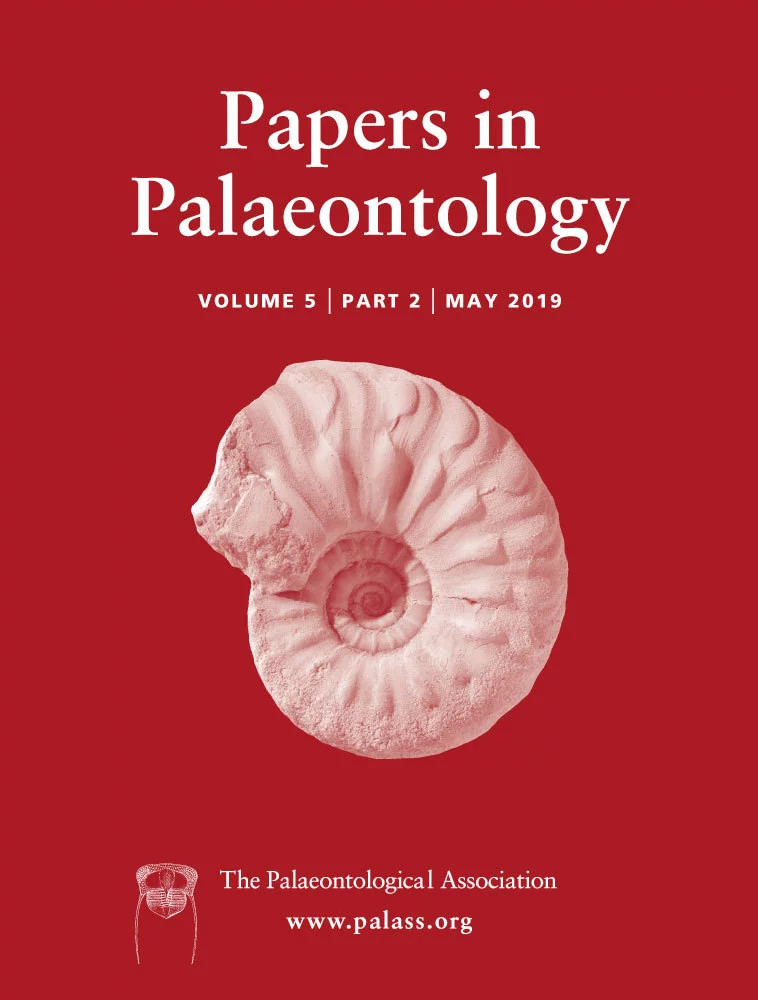Reg. Charity No. 1168330

The earliest known neodiapsid Orovenator mayorum from the lower Permian of Oklahoma is redescribed using high‐resolution μCT, revealing remarkable details of the skull anatomy. Our findings are relevant to both palaeoecology (suggesting burrowing and nocturnality) and phylogeny. Orovenator and other sauropsids share at least 16 character states with varanopids, many of which were not recognized by previous studies. These include a rounded subnarial shelf of the premaxilla, a posterodorsal extension of the external naris, the asymmetrical bifurcation of the anterior vomer, and a prominent dorsomedial shelf of the surangular. This exceptional degree of similarity between Orovenator and varanopids (a nominally synapsid clade) questions our current understanding of relationships among early amniotes. We test this by including Orovenator in a phylogenetic data matrix used in an earlier study to differentiate between early diapsids and synapsids, and find a monophyletic clade of Orovenator + varanopids within Diapsida. Recent phylogenetic research on early amniote evolution has focused on resolving intra‐clade affiliations rather than the interrelationships of major taxonomic groups. Nevertheless, the relative incompleteness of existing phylogenetic character lists for early amniotes can only be remedied by detailed cross‐clade assessment. We therefore suggest that early amniote relationships require further scrutiny before we can confidently accept or reject our new phylogenetic hypothesis.